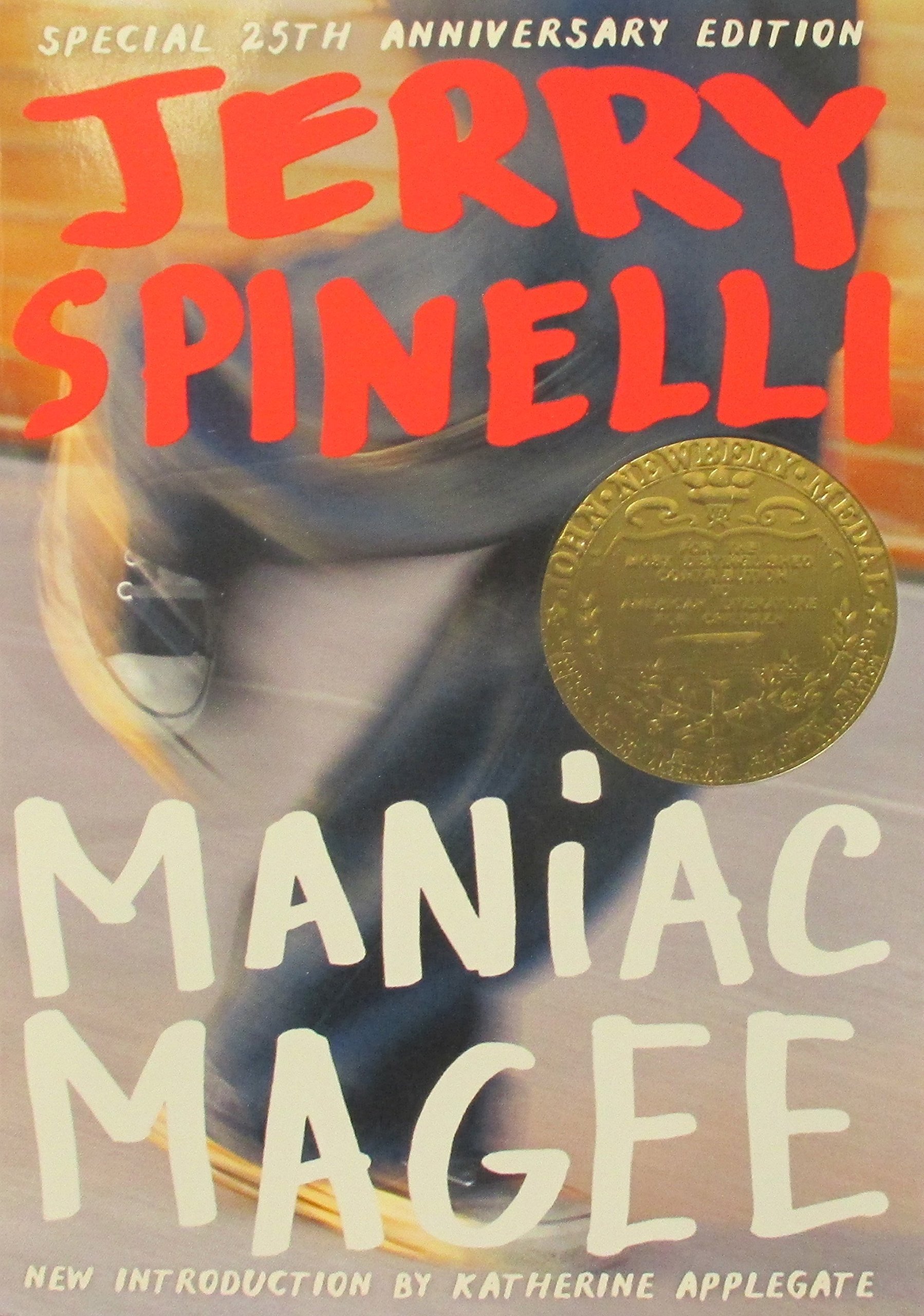Five Benefits of Teaching with Mature Texts

I will never forget when I first heard the book Island of the Blue Dolphins being read aloud to my fourth-grade class. It was the first time a book made me feel like I was in the book, and I discovered the power of a book to make me think and feel deeply. That moment launched me into a lifetime of reading—and that's exactly why mature texts belong in our middle-grade classrooms.
Mature texts are not inappropriate texts—they are books that tackle real issues students in the intermediate grades are ready to grapple with, such as loss, resilience, or justice. They are books that widen students' view of the world and make them feel deeply.

Teaching with mature texts in the classroom with the guidance of an adult has many benefits for students, including:
1. Teaching Empathy and Understanding
By reading about characters who face similar struggles, readers can gain emotional and cognitive space to process difficult experiences. When they read about how Marvin Redpost feels when he gets teased at school in Marvin Redpost: Why Pick on Me? they might connect to those feelings and gain skills to cope. Conversely, by reading about characters who are very different, readers learn about others and build empathy. In this way, mature texts can act as "mirrors and windows" allowing students to see their own experiences reflected while also learning about other perspectives. Beyond empathy, mature texts also boost academic skills.
2. Building Reading Comprehension
With proper scaffolding, students learn to tackle challenging materials with confidence and ease. They are exposed to sophisticated vocabulary and literary techniques. Mature texts push students to think critically as they read and prompts deep discussion. This increase in reading skill and confidence empowers and engages readers.
3. Empowering and Engaging Readers
Middle grade readers are increasingly aware of complex issues like divorce, death, poverty, homelessness, equality, and human rights. Literature can serve to explore these topics in a structured and supportive environment. When students read about the treatment of slaves during the Revolutionary War in the book Chains, they will further explore the idea of what it means to fight for one's freedom. Teaching these topics can be a sign of respect as you acknowledge students' maturity and help them to further develop it. This not only increases motivation and engagement but also increases their knowledge of the world around them.
4. Increasing World and Academic Knowledge
Exposure to more sophisticated texts helps students acquire knowledge about diverse genres, topics, and themes. As students increase their background knowledge, reading comprehension improves and paves the way to reading adult literature.
5. Bridging to Adult Literature
To successfully read the classics in high school and college, students will need to be exposed to increasingly more complex themes as they move up the grades. It would be difficult to read the book To Kill a Mockingbird in high school without first exploring the topic of the Civil Rights Movement in the earlier grades. Sheltering students from mature texts will only make it more difficult for them to enter the world of adult literature.

Tips for Reading Mature Text in the Classroom
- Create a safe and respectful classroom environment where students feel comfortable discussing complex and sensitive topics.
- Use mature texts in a read-aloud so that you can provide adult guidance with mature themes.
- Pace the reading in such a way as to draw attention to the big ideas in the text, reading more quickly through descriptive content that may be more mature.
- Teach mature content with a historical remove or historical distance when appropriate.
In reading literature, the historical remove refers to the critical distance that separates the reader from the time and culture in which the book was created. Reading about the experiences of people displaced by a natural disaster would likely be more emotional if shared in a contemporary context. but when introduced in the book Children of the Dust Bowl, the historical distance created by the text allows for a more open dialogue about the topics of situational poverty and prejudice. The historical remove can also impact the interpretation of the text.
Teach students that:
- Attitudes, values, and social norms have changed dramatically over time. What may be considered taboo now may have been acceptable at the time the book was written. For example, in the book Little Women, the teacher strikes Amy's palms with a ruler after he catches her with limes in her desk. This corporal punishment is unacceptable in the classroom now, but at the time it was socially acceptable.
- The meaning and connotations of words and phrases have evolved over time. For example, the word "Negro" was an accepted term for people of Black African descent prior to the Civil Rights Movement but is now considered to be offensive and outdated.
When educators are prepared to talk about and address these historical removes with students, it can lead to a better understanding of the text, the history of the topic, and the application to modern-day. These discussions can also help increase support from the parent community.

Communicating with Parents and Community
Parental and community objections are the primary reason teachers are shying away from teaching with mature text, and I absolutely understand that this creates a stressful environment for educators. Teaching with a cohesive curriculum will help to communicate the "why" behind selected texts. The Read Side by Side Reading Program for 3-8 is an example of a program that uses high-quality literature and a thoughtful scope and sequence to ensure age-appropriateness. This program provides clear lesson structures and discussion aids to reassure parents and teachers in navigating sensitive topics.
When the reading curriculum guides students through age-appropriate, sophisticated texts students increase their skill and become thoughtful, empathetic, and mature readers who can't wait to read the next book!

Are you looking for a reading program to increase motivation and achievement?
We are confident the Read Side by Side Reading Program will be the right fit for your next curriculum adoption! To learn more about the program and request a sample kit, connect with one of our advisors!

Written by Sarah Collinge
Founder & President
Read Side by Side Publications, LLC.
Sarah is the author of Raising the Standards through Chapter Books, 2nd Edition and the Read Side by Side Reading Program. Her work is impacting schools across the world that desire to increase students' confidence and motivation in reading. Her eleven years teaching intermediate students in Title 1 schools brings credibility to her work. Connect with Sarah!
References and Further Reading:
Blog Article: Mature Topics and Books in the Program



